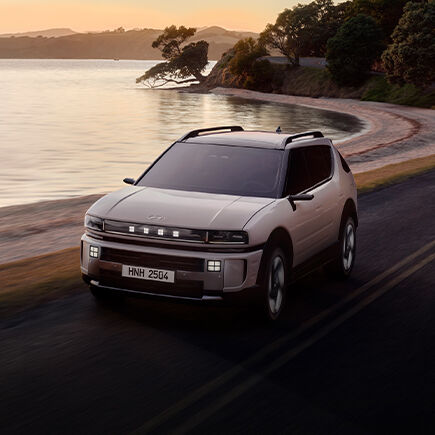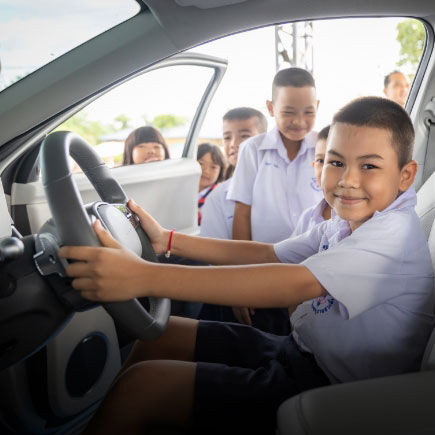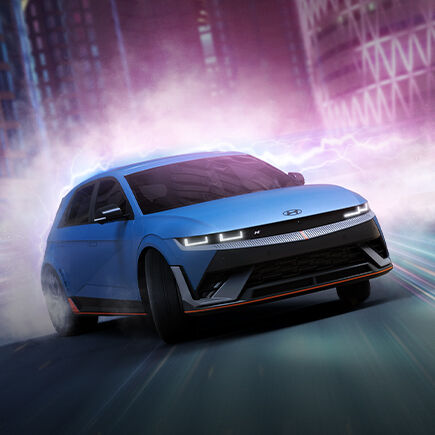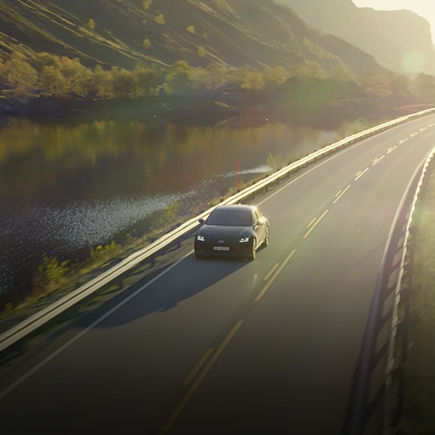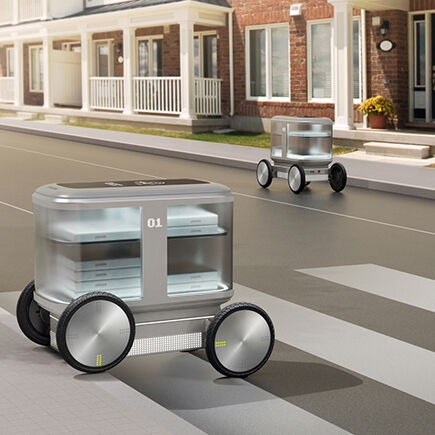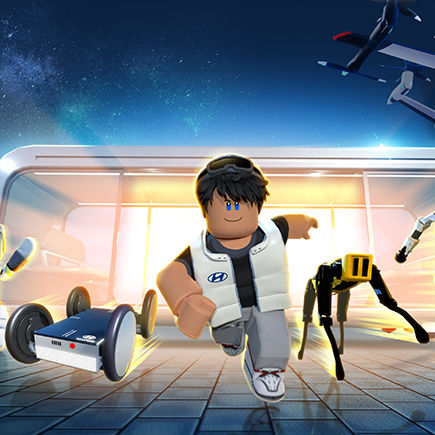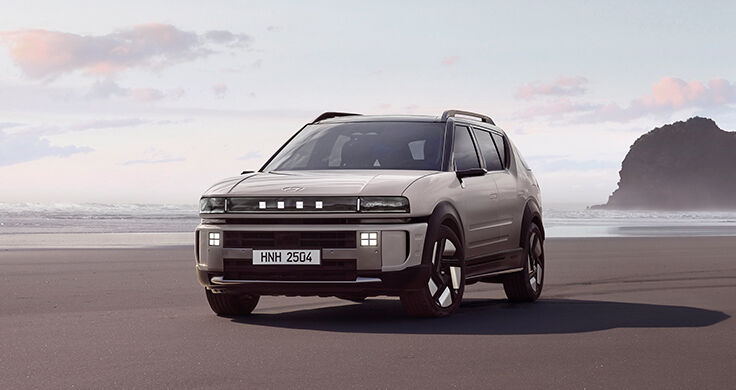
Time to stop wasting time.
5 minute read
At CES 2020, Hyundai introduced smart concepts for seamless integration between ground and air travel – while inventing new communities on the fly.
In the future,
our lives will be so much easier,
not only in terms of mobility.
Air taxis will transport us – and important goods – to our next important meeting in no time. Autonomous, purpose-built vehicles will allow us to take advantage of commuting time while enabling us to work in mobile offices. Mobility hubs won’t only combine these two means for intermodal transport but, at the same time, serve as modular entities that can be rearranged and combined according to specific needs. Overall, they will bring people together and create new spaces for social interaction.

90-minute daily commute or longer
Tedious commute in
today’s congested streets
Automation in mobility will make our lives so much more efficient. Let’s have a look at the tedious tasks you won’t have to bother with in the future. A recent survey by service provider SD Worx suggests quite long commuting times for EU citizens. More than half of the interviewed (58 percent) state that normally it takes them up to an hour to get to and from work every day. For over 20 percent of the EU respondents their daily commute lasts at least 90 minutes, thus spending around 28 kilometers on the road. Belgians top the list with 24 percent. However, former EU-member Britain has the highest rate when it comes to traveling times: Nearly 29 percent commute daily for at least 90 minutes or longer.
17 hours annually in search of a parking space
Never ending
search for a parking space
But just the commute isn’t the only issue eating up so much time every day. It’s also the endless cruise of finding a parking space. This time the number from the States is mind-blowing: the average American driver spends a whopping 17 hours a year in search of a parking space. In metropolitan areas it gets worse with New York heading the list. In the Big Apple people drive around a staggering 107 hours a year for a parking spot. Still high is Seattle on second place with 58 hours annually, and Detroit on third with 35 hours of looking out for a spot.
Hyundai’s claim is “Progress for Humanity.”
In terms of mobility that means building a Hyundai ecosystem
that will help vitalize cities:
Urban Air Mobility (UAM) consisting of air taxis, Purpose-Built Vehicles (PBVs) roaming urban areas autonomously,
and multifunctional Hubs connecting air and ground travel.
Hyundai as the new smart mobility solution provider
In a nutshell, we’ll spend less time on tedious commuting and searching for parking spots but will have more quality time instead. One solution to get there sooner than later will be Hyundai’s new inventions. While transforming into a smart mobility solution provider recently, the car maker introduced several intermodal mobility concepts at CES trade fair in Las Vegas in early January.
Urban air taxis by 2023
Hyundai is redesigning the concept of mobility to offer seamless mobility. The result is an Urban Air Mobility model in collaboration with Uber Elevate, an Uber initiative, that will speed up a 90-minute-commute to just ten minutes. Dr. Eric Allison, Head of Uber Elevate, explained, “People in large cities face major problems due to congestion, and by taking transportation out of the two-dimensional grid on the ground and moving it into the sky, we can offer significant time savings to our customers.” To solve this, Uber Elevate plans to have urban air taxis up in the air by 2023.


Purpose-Built Vehicles
as new community centers
Purpose-Built Vehicles will serve as modular entities on the ground. Once clustered together, they will form an intermodal transport Hub, a gateway for the air taxis as well as a new communal space for everyone. Sangyup Lee tells, “PBVs are highly versatile, and the under – and upper – bodies can each be tailored to individual needs. The modular nature of the body means that PBV can be transformed into the mobility of your choice, say, a homedelivery vehicle, a mobile restaurant, or even a medical clinic.” He adds, “For instance, if you connect PBVs functioning as coffee shops and retail stores, we have a shopping arcade. Connect doctor's offices, labs, and a pharmacy, and we have a medical center.” To sum up, PBVs will give us the freedom to use our transit times for more productive purposes. While clustered, Hubs offers new community spaces where air and ground transportations meet, and people can connect. It is a bold vision of future metropolitan areas bustling with transport nodes.

There’s more to do than just sleep in a self-driving vehicle
And it is far more than today’s stressed-out commuters could wish for. In a survey by market research firm Ipsos in 2018, car drivers in North America, Europe, and Asia were asked what they would most likely do when driving in an autonomous vehicle. As passengers, most of them would instinctively watch the road. Second, people would spend their time indulging in personal communication, such as calling friends and family on the phone and writing emails. Third, some would prefer to take a nap. In conclusion:
